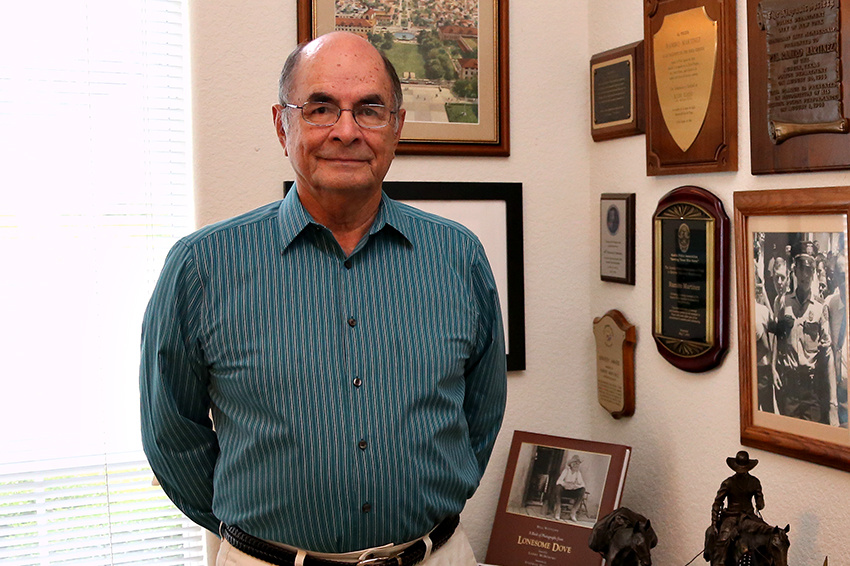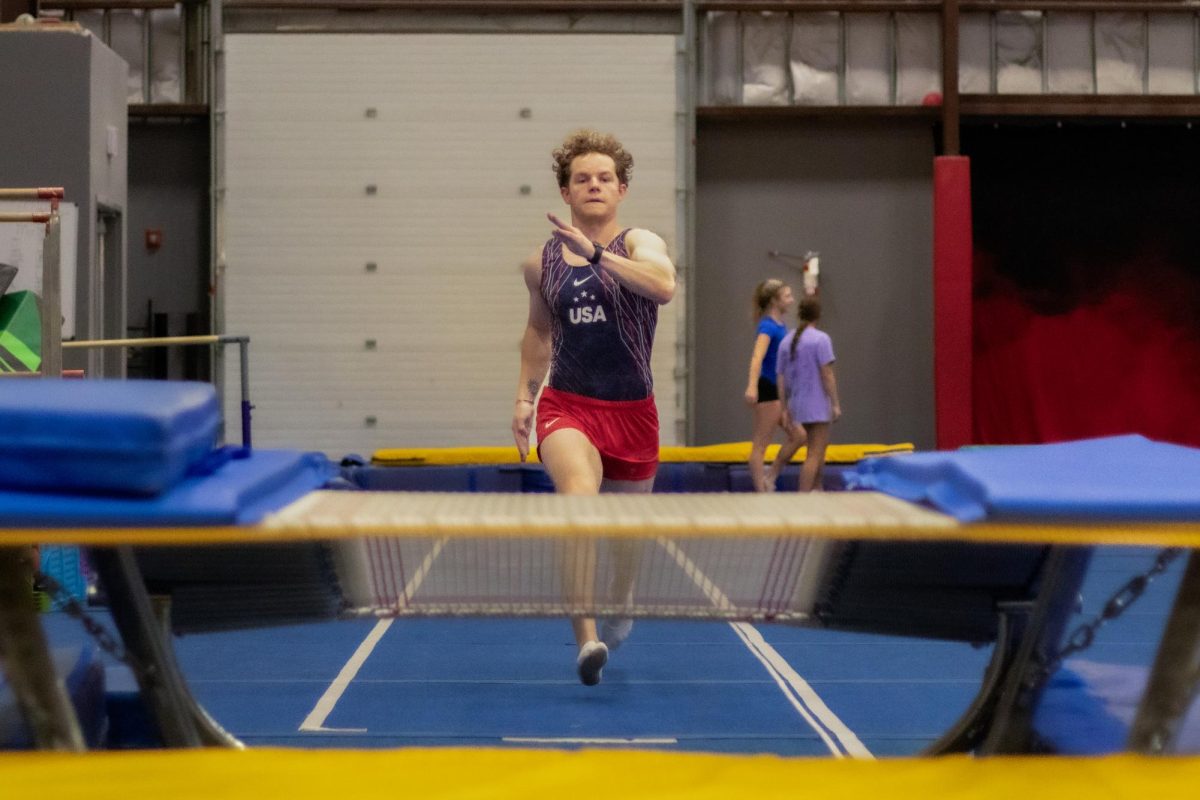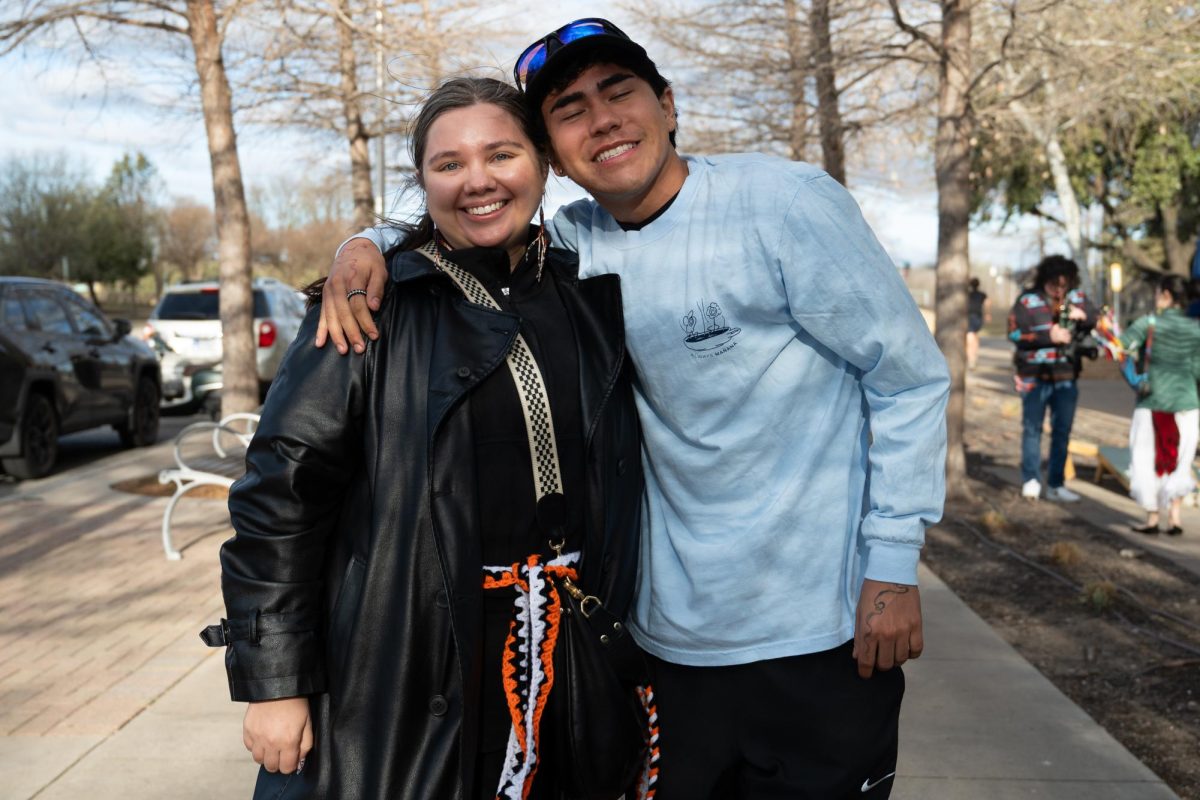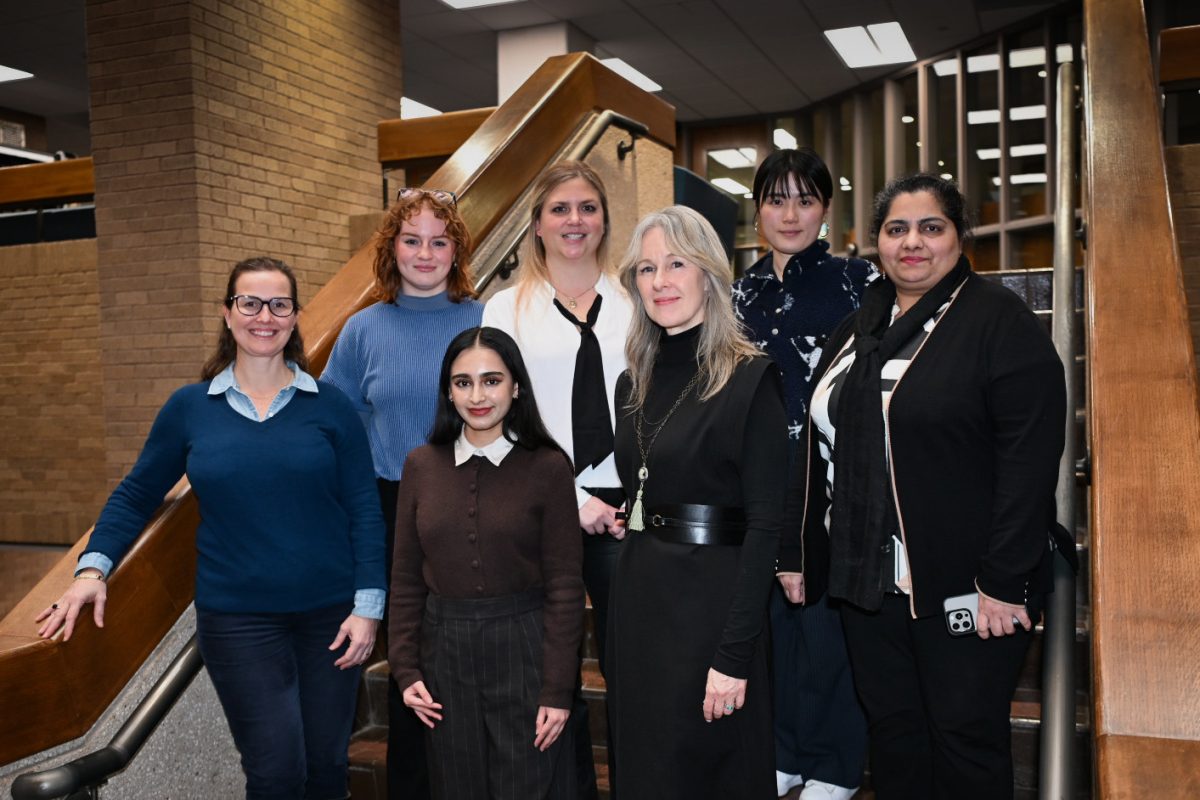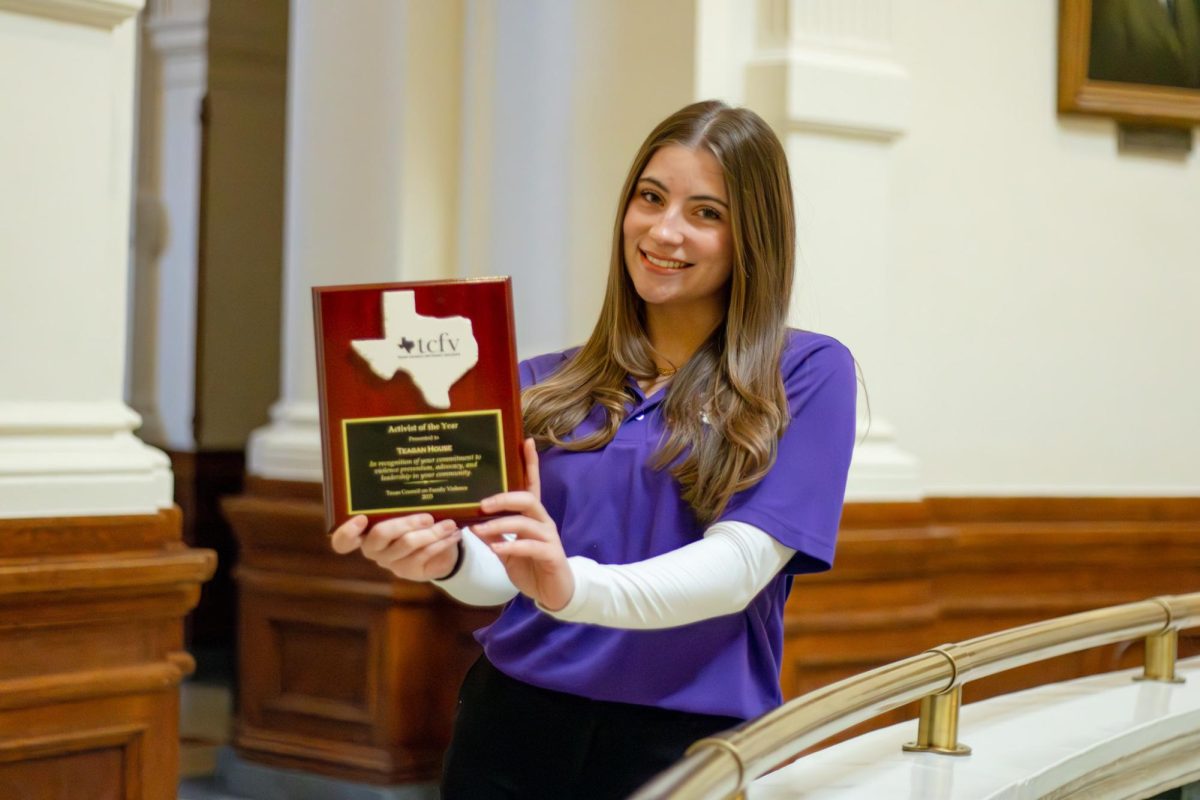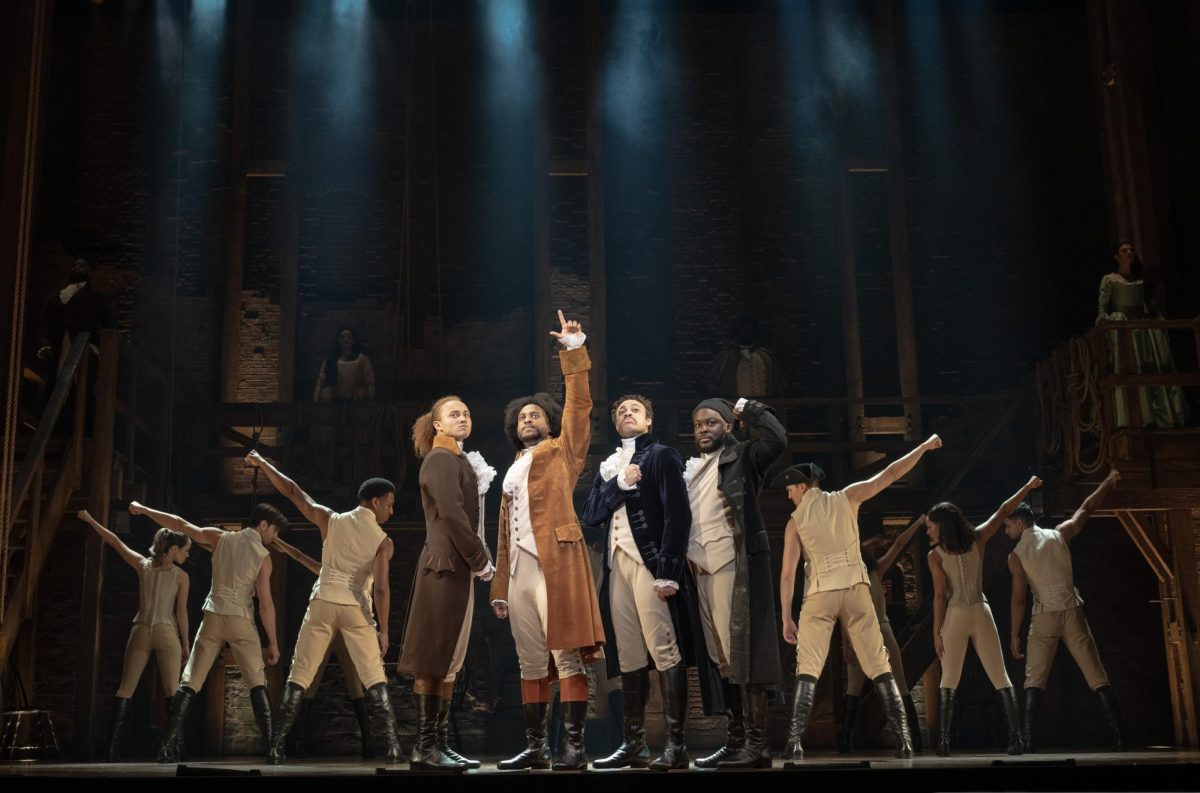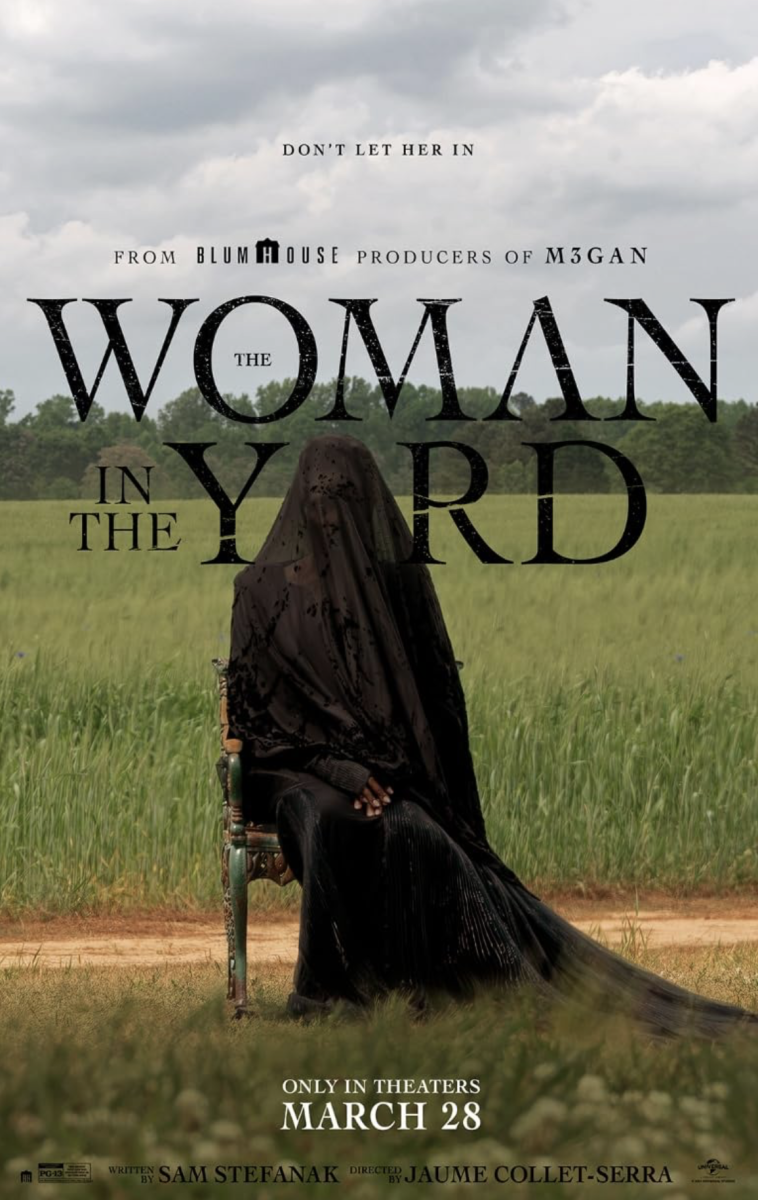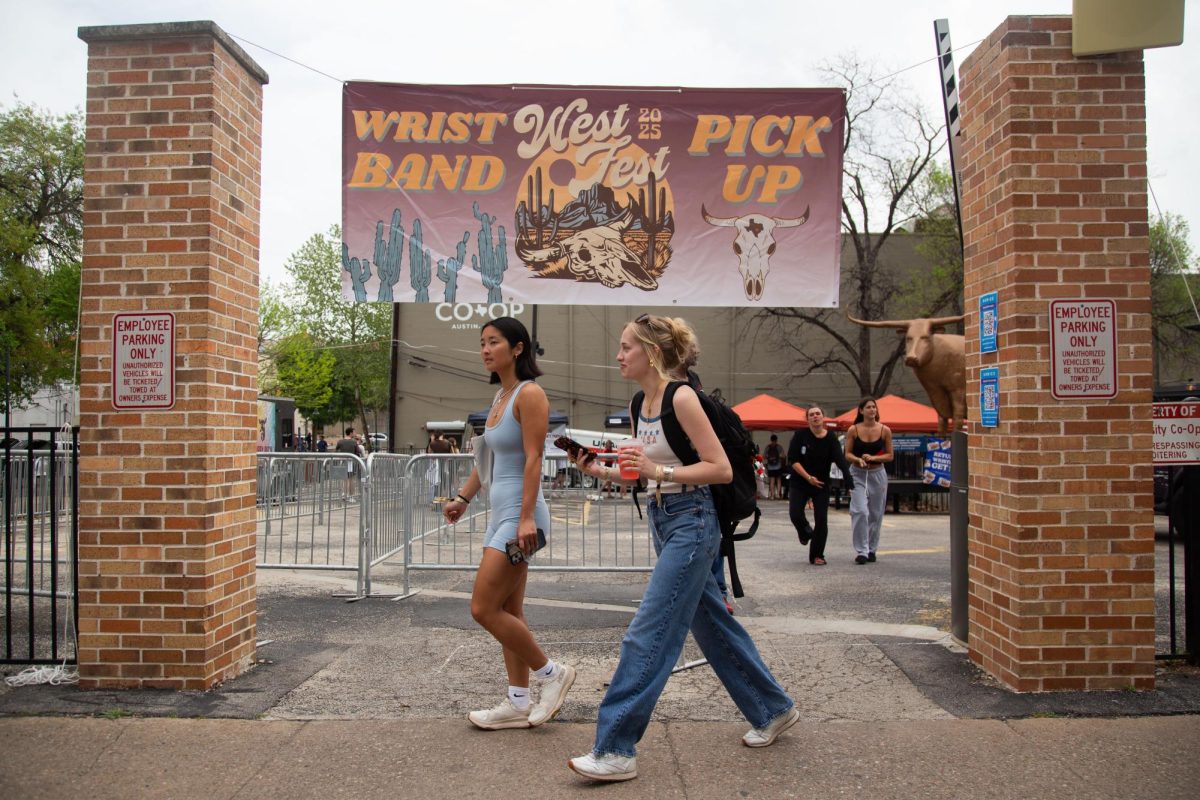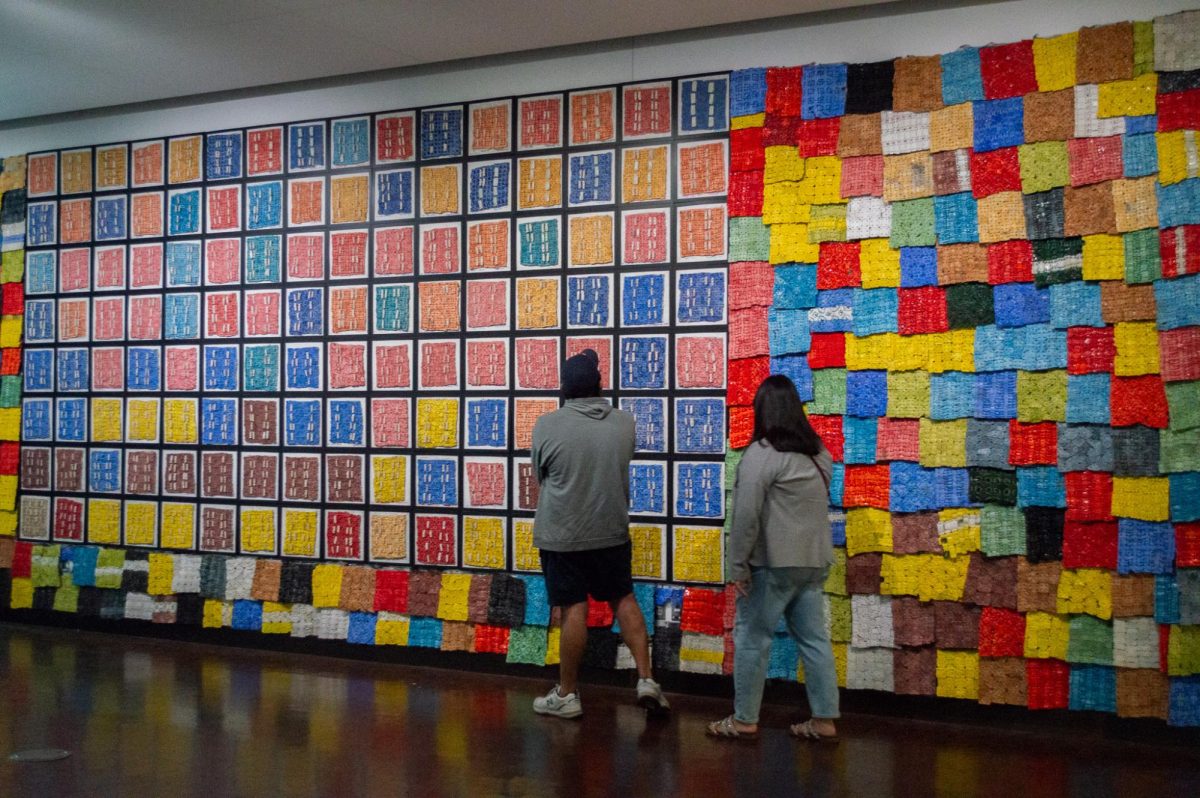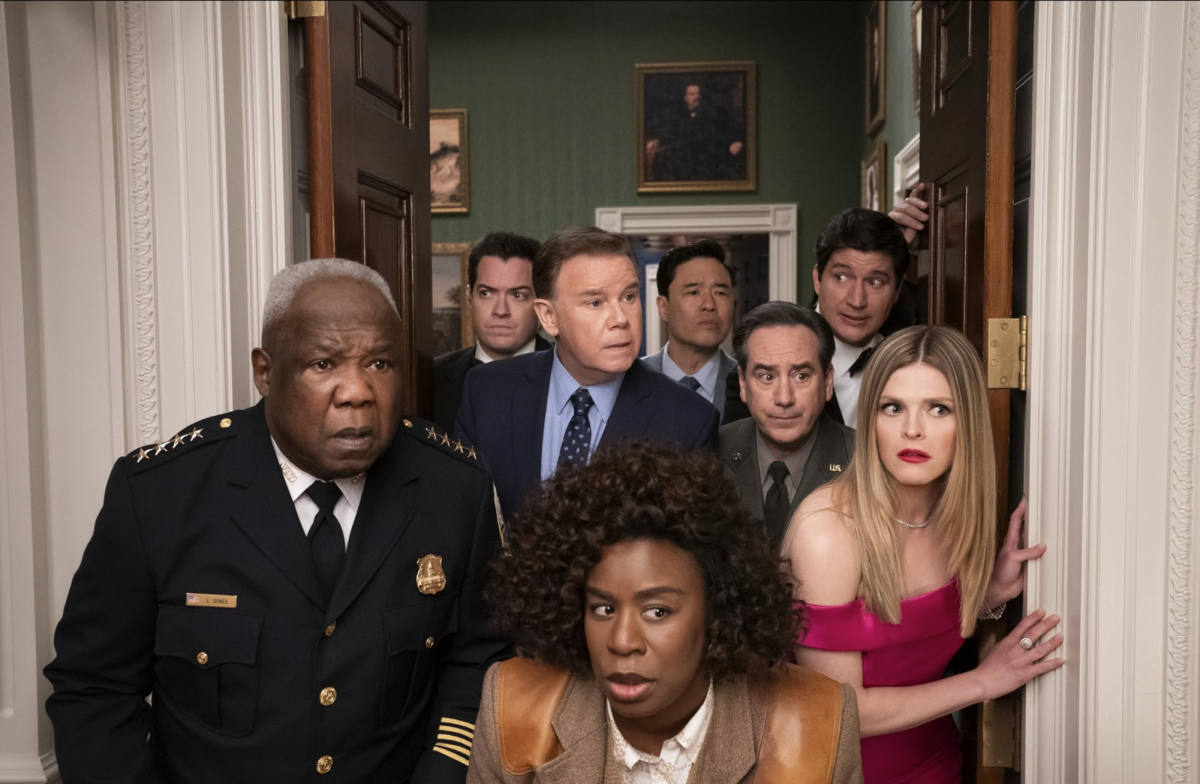In the elevator ride up to the UT Tower's observation deck, APD Officer Ramiro Martinez could still hear gunshots rattling the sky outside like thunder.
It took less than a minute to reach the top floor and in that time, Martinez made a decision: When the doors opened, he would either put an end to Charles Whitman's massacre or die trying.
A practicing Catholic, he recited an Act of Contrition, asking God to forgive him for his sins, bracing himself for the possibility of his death.
Twenty minutes later, the massacre was over.
“I had a very simple plan that day, and it was to kill the sniper or be killed. I had to stop him from hurting other people,” Martinez said.
Just a few minutes earlier, Martinez zig-zagged across the South Mall, running past the injured and dead on the ground. He briefly took cover behind the Jefferson Davis statue where his friend and fellow officer Billy Speed was killed earlier that day.
“It was traumatic, you just had to keep going,” Martinez said. "If I stopped [to help people] I might get killed, and I wouldn’t be accomplishing anything, so I figured the best thing to do would be to get inside of the Tower. So I ran as fast as I could."
Martinez assumed APD had sent a group of officers on the top floor and planned to help them apprehend the shooter. But when the doors opened, there was no team, just two men, pointing rifles at him. They were Officer Jerry Day and University Co-op Manager Allen Crum. Once they realized he was an officer, they let their guards down and, at Martinez’ suggestion, went about securing the floor together.
A dozen people who had barricaded themselves from the sniper came pouring out of an office. One man, later identified as M.J. Gabour, emerged from the room with a pair of bloodied white shoes in hand. Whitman shot Gabour’s wife and two sons on his way up to the observation deck.
“He said ‘The bastard is up there, let me have your gun and I’ll go kill him,’” Martinez said. “He reached for my gun and I wouldn’t give it to him, so Jerry Day and I had to wrestle with him.”
As Day escorted Mr. Gabour out, Martinez and Crum headed toward the stairs, following a trail of blood that led to 16-year-old Mark Gabour. To his right was his mother, Mary Francis, choking on her own blood, and his 19-year-old brother Mike, who told them the sniper was up on the observation deck.
They went up the stairs, approaching the desk Whitman had used to stop anyone from following him. There, Crum asked Martinez to deputize him — it wasn’t until then that he realized he would be facing the sniper with a civilian.
Together they secured the floor before Martinez and Crum continued up the stairs. They entered the observation deck, following a streak of blood outlining the path Whitman took as he dragged secretary Edna Townsley’s body behind a couch. Once outside, they were immediately met with gunfire from civilians down below. While Martinez made his way up the East wall to secure the area, APD officer Houston McCoy joined him, leaving Crum behind with a rifle.
“Every time I turned a corner I was prepared to shoot because I didn’t know where the sniper was,” Martinez said. “The only way you [could] confront this person and stop him from killing others is by exposing yourself.”
Back at the Southeast entrance, Crum fired his rifle, alerting Whitman that he wasn’t alone. At the same time, Martinez locked eyes on Whitman, who was sitting with his gun pointed toward the Southwest corner. Toward Crum.
“Fearing that he was going to shoot at Crum, I aimed and fired,” Martinez said. “You could see the impact in the body, but he jumped up on his feet and turned to face me but I kept advancing and shooting.”
Martinez emptied his gun.
“I kept hollering at McCoy to shoot,” Martinez said. “I saw that McCoy’s round had an effect because he started going down.”
He dropped his service revolver, reached back for McCoy’s shotgun and ran toward Whitman, shooting him point blank.
His adrenaline stopped pumping. His knees felt weak.
In the days that followed, Martinez learned the names of the victims he’d passed on his way to the Tower.
“There were so many,” Martinez said. “I just tried to forget it. I just went about my life."
APD Police Chief Bob Miles originally gave Martinez credit for stopping the sniper, but almost immediately afterward, people speculated over Martinez’s level of involvement and whether or not he fired the fatal shot. Some even alleged none of his shots made contact at all.
With each anniversary that passed, Martinez said people tried to rewrite what happened.
But Martinez was the first.
He was off-duty when he got the call to direct traffic away from the school. But when he saw the job was covered, he went straight toward the Tower — the first to try and apprehend the shooter.
Martinez doesn’t concern himself with people’s doubts, he only offers the same story he’s told for the past 50 years.
“Everyone had the opportunity to do what I did, and they didn’t do it,” Martinez said. “I don’t care if people are going to argue whose [bullet] it was. I knew what I did.”

